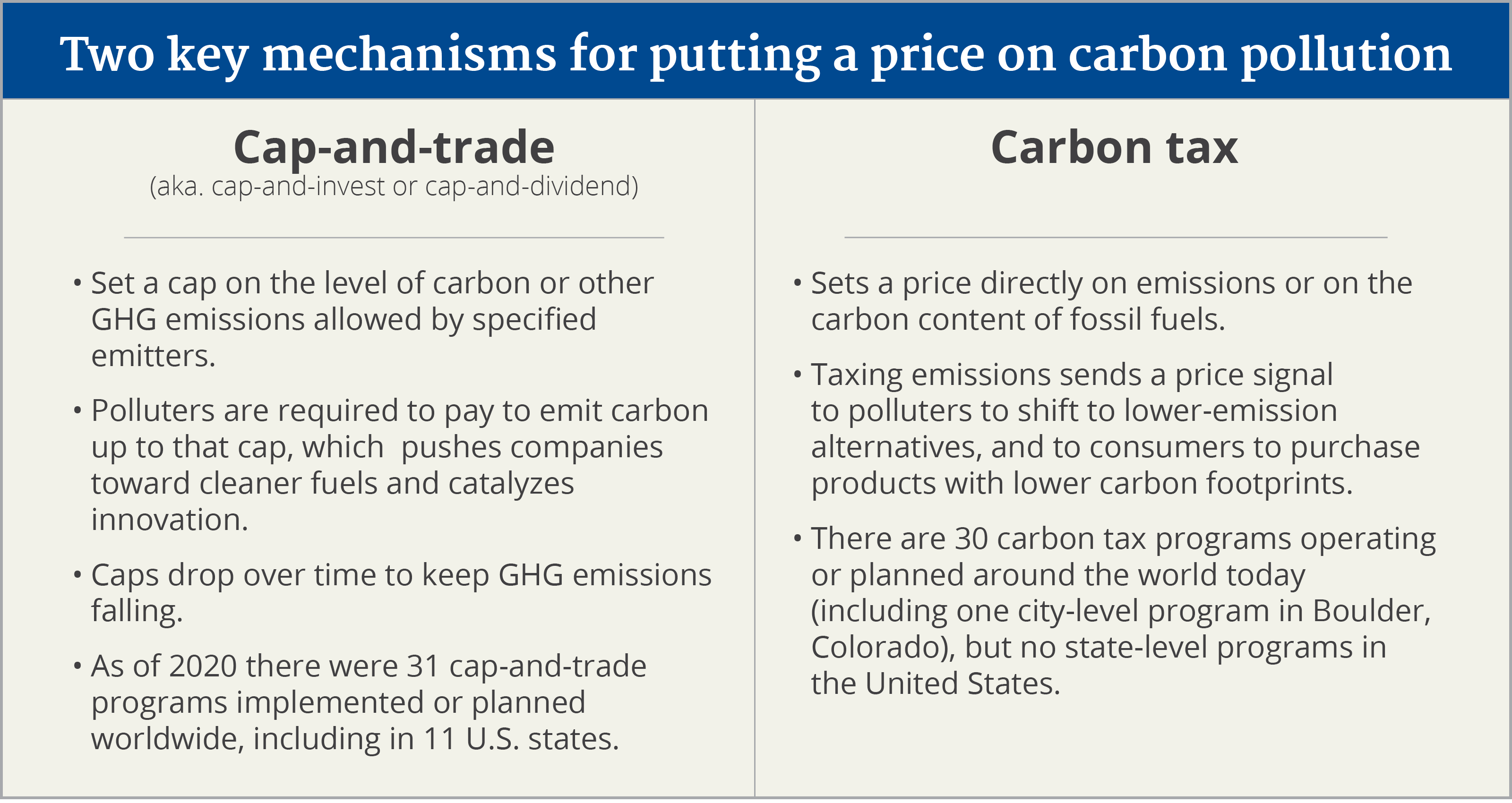Carbon Pricing vs. Carbon Tax: Which One Is Better
We’ve all seen the effects of climate change – from more extreme weather events to rising sea levels and melting glaciers. And we know that human activity is the primary driver of these drastic changes.
According to the Intergovernmental Panel on Climate Change (IPCC), emissions must peak by 2025 and reduce by 43% by 2030. Otherwise, the world will face catastrophic consequences.
Hence, as the time to take action grows shorter, we must move quickly and efficiently. But it’ll necessitate a massive effort from the governments, businesses, and individuals to make this happen.
While there are many ways to help reduce emissions, two of the most popular methods to lessen our environmental footprints and, thus, fight climate change are Carbon Pricing and Carbon Tax.
In this article, we will define and compare these two pricing mechanisms so you can decide which one is better.
Carbon Pricing and Carbon Tax Defined
Carbon pricing is a method where the government puts a price on carbon. The most common type of carbon pricing is emissions trading, also known as cap-and-trade.
With this system, the government issues certain permits (caps) to businesses that give them the right to emit a specific amount of carbon.
If a company emits less than its allotted allowance, it can sell or trade its extras to another company that has exceeded its limit. But, if a business wants to emit more carbon than its permit allows, it must buy credits from another business that has not used up all its allotted credits.
This concept assumes that as the cap is reduced over time, businesses will have to find ways to reduce the carbon intensity or emission to stay within their allowances, or they will face penalties.
The government can also hold auctions to sell credits to businesses. And the revenue generated from these sales or auctions can be used as carbon funding to finance green initiatives or offset the impact of the carbon tax on low-income households.
On the other hand, a carbon tax is a method where the government taxes businesses and individuals based on the amount of carbon they emit. It also refers to the fee levied on burning fossil fuels such as coal, oil, and gas.
In this, the government usually sets the price, while the companies pay for every tonne of carbon dioxide they emit.
The main aim of a carbon tax is to discourage the use of fossil fuels and, thus, reduce greenhouse gas emissions. In addition, the revenue generated from the tax can be used to finance renewable energy projects or offset the impacts of climate change.
Carbon Pricing vs. Carbon Tax
While both methods encourage businesses and individuals to find ways to reduce their emissions by making it more expensive to emit greenhouse gases and providing an incentive to pollute less, there are some key differences between the two.
The main difference is that with carbon pricing, businesses have a financial incentive to reduce their emissions as they can then sell their allowances for a profit. On the other hand, with carbon tax, companies may be less likely to reduce their emissions as they simply have to pay the tax regardless of how much they emit.
Another difference is that carbon pricing is usually more flexible as businesses can decide how to reduce their emissions. With a carbon tax, businesses may have to change their entire operations to lower the tax they’ll pay by reducing their carbon emissions.
Finally, carbon pricing usually raises more revenue than carbon tax as businesses are required to purchase permits, while the government simply collects the tax with a carbon tax.
So, which one is better?
The choice of mechanism will ultimately depend on the government’s or business’s objectives. For example, if the goal is to reduce emissions, carbon pricing is the better option. However, carbon taxes are the better option if the goal is to raise revenue.
Additionally, it is essential to keep in mind that carbon pricing and carbon taxes are not mutually exclusive. In fact, many countries have implemented both mechanisms to achieve their desired results.
Final Thoughts
Both carbon pricing and carbon taxes can effectively reduce greenhouse gas emissions. However, it depends on what is most important to you and what will work best in your particular situation.
As we move forward in the fight against climate change, we must keep all of our options open and continue exploring different ways to reduce emissions. Who knows, maybe one day we will have a completely new system that is even more effective than carbon pricing or carbon taxes. But, until then, we will just have to keep experimenting until we find what works best.
Ultimately, the most important thing is to take action to reduce our emissions. We shall start with baby steps and see where it takes us. What matters most is that we are moving forward in the right direction.



